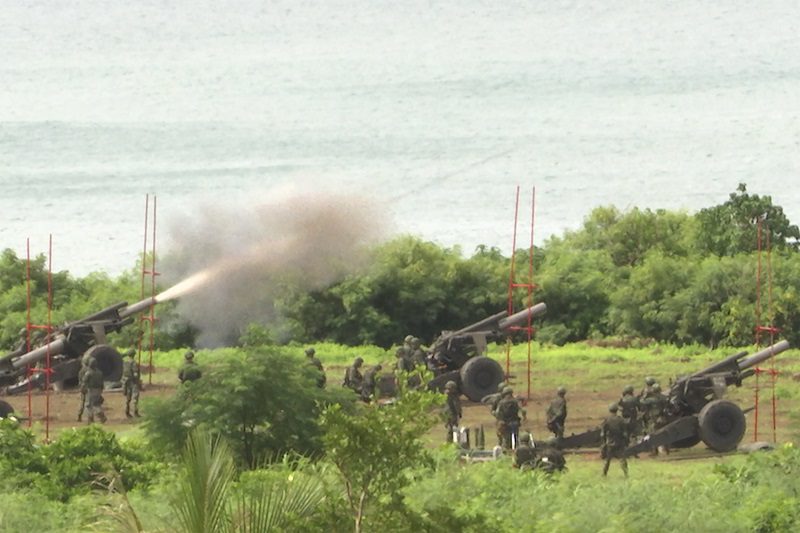How China-Taiwan tensions are affecting Canada’s supply chain

Although there has been some easing in supply chain issues around the world, other disruptions are coming into play, a marine expert from Allianz Global Corporate & Specialty (AGCS) told Canadian Underwriter in an interview.
One major disruption is escalating tensions between China and Taiwan, including China’s conducting of large-scale military exercises around the island of Taiwan following a visit by U.S. House Speaker Nancy Pelosi and another congressional delegation.
China claims Taiwan as its own territory and has threatened to take it by force, even though Taiwan has been governed independently from China for decades.
About 2,000 trade vessels pass through the Singapore Strait every day and it can be safely assumed that most of them also pass through the Taiwan Strait, en route to ports in China, Korea, Japan and Russia, Capt. Nitin Chopra, senior risk consultant – marine risk consulting Asia-Pacific with AGCS, told Canadian Underwriter.
That means about 740,000 vessels pass yearly through the Taiwan Strait.
From a security and safety standpoint, “rising geopolitical tensions in the region will act as a deterrent for shipowners’ willingness to have their vessels transiting/trading in the area,” said Chopra, who is based in Singapore. “This will further drive [up] the freight rates.
“A potential conflict between China and Taiwan could prove catastrophic for the supply of semiconductors and cripple the auto industry, which has already seen substantial delays in their manufacturing due to shortage of chips,” Chopra added. “Manufacturers of computers and cell phones will have to face an acute shortage of key components.”
And even while an easing of COVID-19-related restrictions has loosened supply chains, China did maintain some restrictions in certain parts of the country.
“And that was having a rough impact on supply chains and manufacturers and companies looking to produce goods [with components] from China,” said Chopra. “They have to go and look for new vendors in some cases.”
That means establishing new supply chains. “From the day you start, it’s going to take some time to settle down and get…the output, the outcome that you expect from a fully functional supply chain that you were used to.”
Despite supply chain impacts due to Russia’s invasion of Ukraine, prices are dropping for some goods and shipments are moving again.
For example, the first four vessels carrying grain and corn have left Ukraine, Chopra reported. “Ukraine… is a major contributor when we talk about foodstuffs, especially grain and sunflower oil. And we look forward and we hope that more such shipments of food can be delivered to the rest of the world.”
The global reconfiguration and resettlement of the supply chain as it relates to contracts, exporters and vendors is also affecting Canada.
“Healthcare products are seeing a shortage in Canada,” Chopra said. “There’s nothing else but the supply chain to blame for that.
“We talk of some specialist vaccines and drugs for healthcare; some of them are dependent on a very robust, core supply chain,” he added. “Nobody’s going to take a chance of shipping these goods if they’re not 100% sure that the goods are going to be delivered as per the contract requirements.”
Feature image: Taiwan’s military conducts artillery live-fire drills at Fangshan township in Pingtung, southern Taiwan, Tuesday, Aug. 9, 2022. Taiwan’s official Central News Agency reported that Taiwan’s army will conduct live-fire artillery drills in southern Pingtung county on Tuesday and Thursday, in response to the Chinese exercises. (AP Photo/Johnson Lai)



